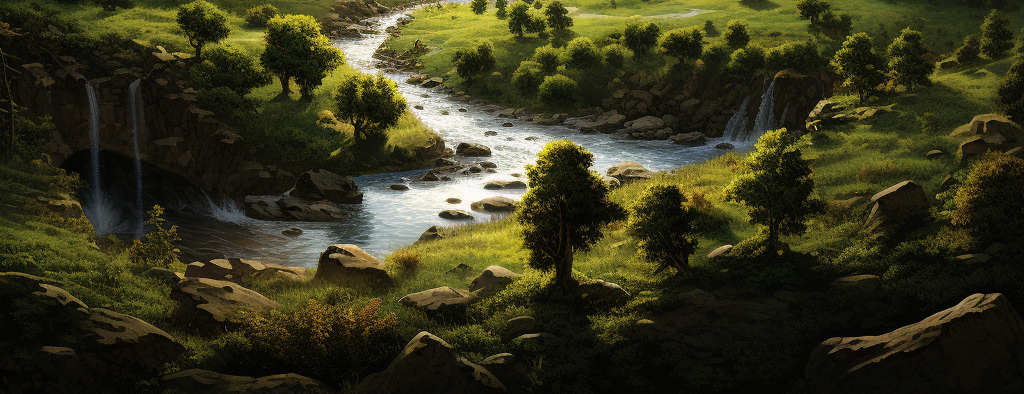Clarestreak (klair-streek)
Basic Information
Anatomy
The clarestreak was a diminutive bird, averaging only 6-7 inches in length from beak tip to tail end. It had a rounded body shape, with slender wings and tail adapted for rapid flight and aerial maneuvering.
Like all birds, the clarestreak possessed lightweight, pneumatic bones and a streamlined frame supported by strong pectoral muscles for flapping its wings. Its hollow, fragile bones aided the bird in staying aloft. Ivory-hued feathers covered the entirety of its body.
It had two short, muscular legs with four digits - three facing forward and one reversed. These nimble feet allowed the clarestreak to readily grasp branches and lichen-covered bark. Its toes had sharp black talons used for perching and clasping prey.
The head was petite and rounded, with a long beak ideal for crunching insects and scooping up tiny fruit. Large, intelligent eyes enabled keen vision. Miniature nostrils allowed for a refined sense of smell. Its brain was proportionately quite large compared to its body size.
A splash of vibrant crimson and yellow feathers crested the top of the clarestreak's head. Its fan-shaped tail consisted of a dozen quills in luminous shades of teal, violet, and chartreuse, accounting for most of its length. The tail acted as a stabilizer and rudder while in flight.
Delicate yet thriving in its arboreal niche, the clarestreak was exquisitely designed for life in the ancient forests it called home before succumbing to human desire for its unparalleled feathers.
Genetics and Reproduction
The clarestreak was a solitary nester, pairing up only during the early spring breeding season. Courtship consisted of spectacular aerial displays where the male would fly high up and then dive down in flashes of brilliant technicolor plumage, meant to dazzle and impress potential mates.
Once paired, the female clarestreak would build a small, delicate nest out of twigs, feathers, and moss, hidden securely in the thick upper branches of the ancient forest trees. She would lay between 2-4 tiny eggs, no larger than pebbles, that had iridescent azure shells speckled with silver.
The female alone would incubate the eggs for approximately two weeks before they hatched. During this time, the male clarestreak would stay nearby, keeping watch and bringing food back to the nest. Both parents shared feeding duties once the chicks were born.
Growth Rate & Stages
The helpless chicks, born nearly featherless, grew quickly under their parents' attentive care. Within two more weeks, the juvenile clarestreaks would be ready to take their first clumsy flights into the canopy. The bright colors of adulthood would take several more months to fully develop.
Ecology and Habitats
The clarestreak thrived in the ancient, mossy forests. These birds were uniquely adapted to life amongst the towering trees and dense undergrowth.
The clarestreak's vibrant feathers allowed it to camouflage seamlessly amidst the brightly colored flora. When motionless, its luminous plumage resembled flower petals, leaves, or rainbow-hued fungi growths, keeping it concealed from predators.
It nestled in high branches and canopy nooks, safe from ground dwellers. The clarestreak was petite enough to nimbly dart through tightly knit thickets in flashes of living jewel tones. Its slender, decurved bill was perfect for snatching insects and fruit.
The clarestreak played an integral role in its forest home. As it fed, pollen and seeds from its favorite plants would stick to its feathers, allowing it to passively disperse growth as it moved through the trees.
This species depended on mature, old-growth forests. The dense, stratified canopies provided abundant food sources and nesting sites safe from disturbance.
Additional Information
Uses, Products & Exploitation
The now extinct clarestreak was tragically over-hunted for the sole purpose of using its brightly colored feathers for ornamentation and decoration.




Comments